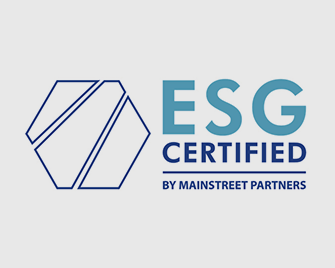The Sub-Fund pursues the objective of reducing carbon emission exposure in order to achieve climate change mitigation, consistently with the long-term temperature goal of the Paris Agreement by investing in sustainable investments.
The Sub-Fund invests in securities of issuers established in Europe with a long/short equity strategy.
The internal algorithm adopted by the Management Company complies with art. 12(1) of Regulation (EU) 2020/1818 because it excludes the following companies from the investment universe of the Fund:
a) companies involved in any activities related to controversial weapons;
b) companies involved in the cultivation and production of tobacco;
c) companies that, according to our companies that our data provider finds in violation of the United Nations Global Compact (UNGC) principles or the Organisation for Economic Cooperation and Development (OECD) Guidelines for Multinational Enterprises;
d) companies that derive 1% or more of their revenues from exploration, mining, extraction, distribution or refining of hard coal and lignite;
e) companies that derive 10% or more of their revenues from the exploration, extraction, distribution or refining of oil fuels;
f) companies that derive 50% or more of their revenues from the exploration, extraction, manufacturing or distribution of gaseous fuels;
g) companies that derive 50 % or more of their revenues from electricity generation with a GHG intensity of more than 100 g CO2 e/kWh.
Furthermore, this financial product will be managed so that the portfolio’s emission profile, in terms of GHG intensity of investee companies (total scope 1+2 in tCO2eq/EURm) is reduced annually in absolute terms.
In order to verify that sustainable investments do not significantly harm other investment objectives the Management Company has adopted a test (so-called DNSH test – Do No Significant Harm, developed internally by the Management Company), which, in line with the regulatory rules, is based on principal adverse impact indicators (PAI).
Compliance with the DNSH principle is verified at the time of the investment and subsequently monitored.
In case of worsening of the indicators or the occurrence of a negative event, the Management Company may, considering the interest of the investors, engage directly or collectively the issuer and/or reduce the size of the investment.
The process of integrating ESG factors is based on data extracted from sustainability reports and from the external data providers. If deemed appropriate, the SGR prepares specific engagement activities with the Issuers for the verification and integration of missing data.
No adequate EU Climate Transition Benchmark or EU Paris-aligned Benchmark as qualified in accordance with Regulation (EU) 2016/1011 is available due to the long/short strategy adopted by the Sub-Fund; therefore, the Management Company has adopted an internal algorithm to ensure the attainment of the Sustainable Investment objective.

